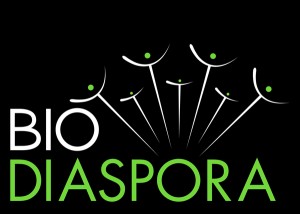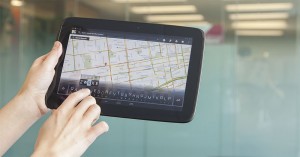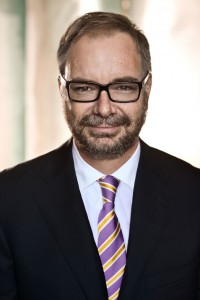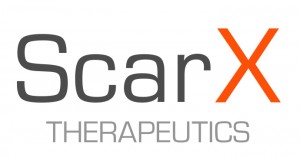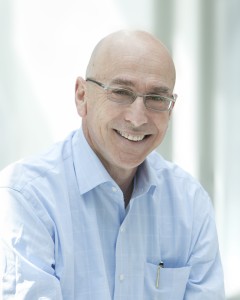Is screening air travellers effective in containing a pandemic?
Toronto Star covers Khan’s new WHO paper on H1N1 outbreak
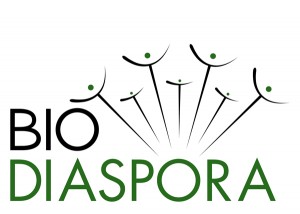 Dr. Kamran Khan, founder of BioDiaspora and an infectious disease physician and scientist at St. Michael’s Hospital, is among the experts studying the emergence of the H7N9 bird flu outbreak in China and the new coronavirus in the Middle East and Europe.
Dr. Kamran Khan, founder of BioDiaspora and an infectious disease physician and scientist at St. Michael’s Hospital, is among the experts studying the emergence of the H7N9 bird flu outbreak in China and the new coronavirus in the Middle East and Europe.
Global News National also covered this story on April 11, 2013. Watch Beatrice Politi and Carmen Chai‘s report, “Canadian scientists pioneer new formula in airport disease screening,” on the Global website.
The Toronto Star featured Khan’s research and BioDiaspora following the publication of his new paper in the Bulletin of the World Health Organization which assessed the impact of airport screenings in containing the 2009 H1N1 outbreak in Mexico.
Khan’s findings were covered in “Airport disease screening rarely worthwhile, Toronto study says,” by Helen Branswell.

